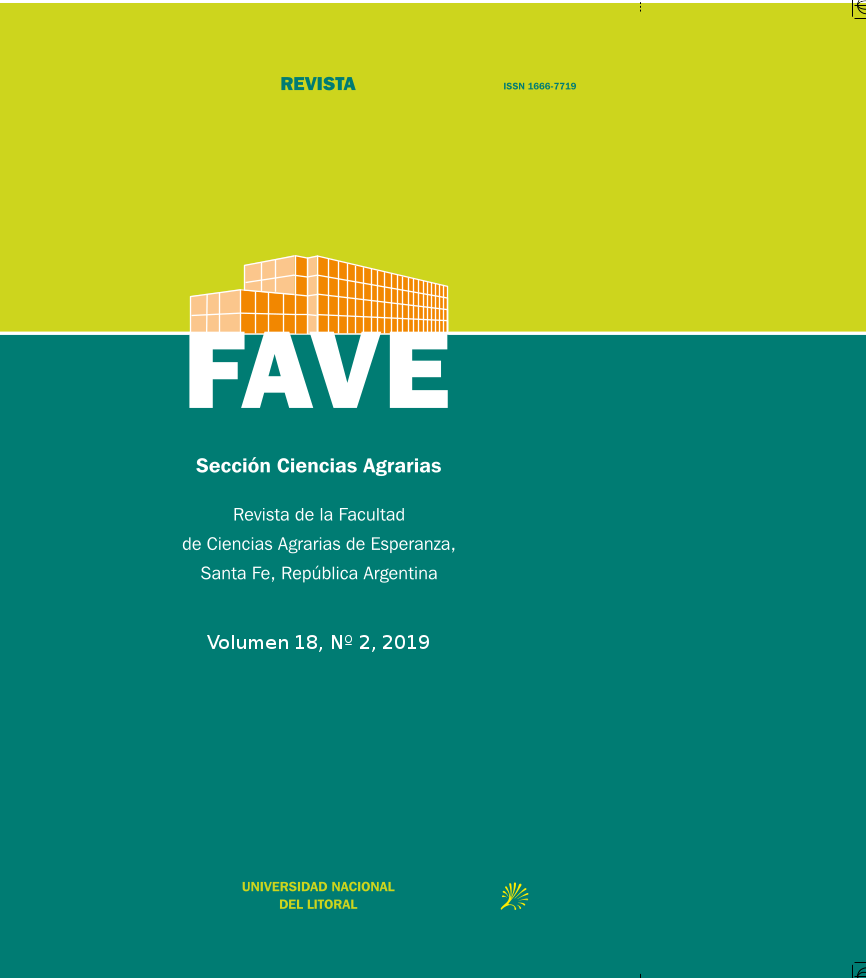Cropped Savannahs as carbon sink in acid sandy soils of low natural fertility.
DOI:
https://doi.org/10.14409/fa.v19i2.8784Keywords:
savannahs, carbon sink, isoelectric point, statistical models, sustainable agricultureAbstract
An Arenic Paleustults savannah was cropped with adapted species and fertilized with unique doses of 1,0 and 0,3 Mg ha -1 of phosphoric rock and NPK, respectively. Random sampling of the treated soils at three depths 0-3,0; 3,1-6,0 and 6,1-10,0 cm allowed the determination of: soil organic carbon (SOC), light fraction of the soil organic matter (LF SOM), total nitrogen (N) and phosphorus (P), exchangeable cations, texture, soil bulk density, water-pH and
KCl-pH, and available-P in samples from natural (NS) and cultivated savannas (CS). Statistical analysis of the data included: a two way ANOVA, PCA and path analysis for the establishment of multicausal statistical models. The CS showed significant changes in the fertility associated with higher carbon sequestration in the order of 2,970 kg ha -1 and a 50% increase in the electronegativity of the net coloidal charge density which is related with the LF SOM, COS and soil bulk density in comparion to the NS where variation factors were related to inorganic nature.

















